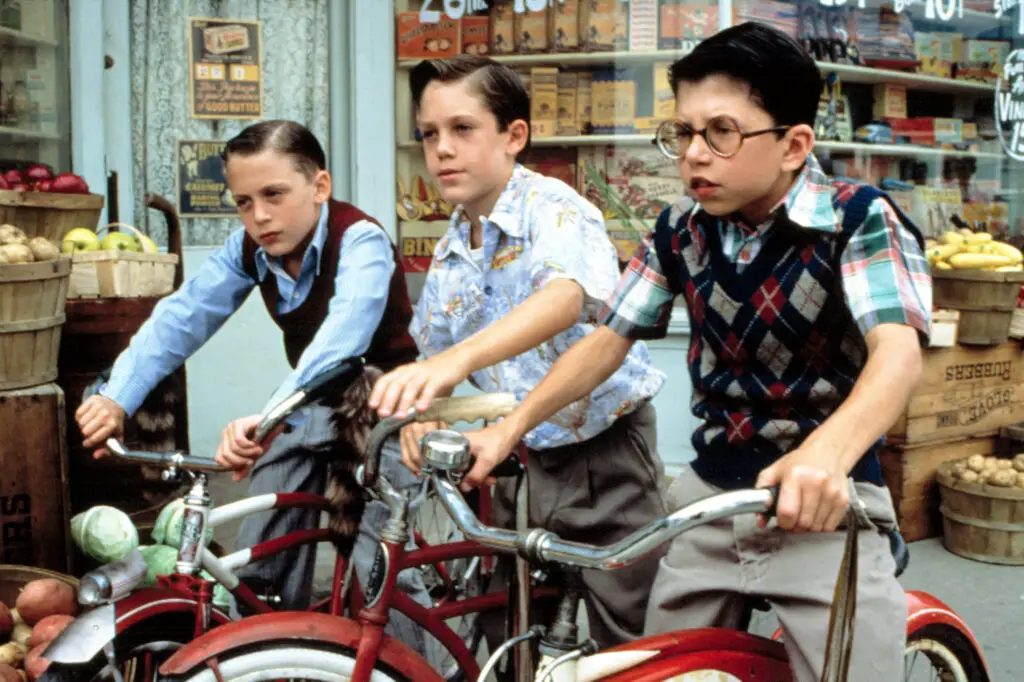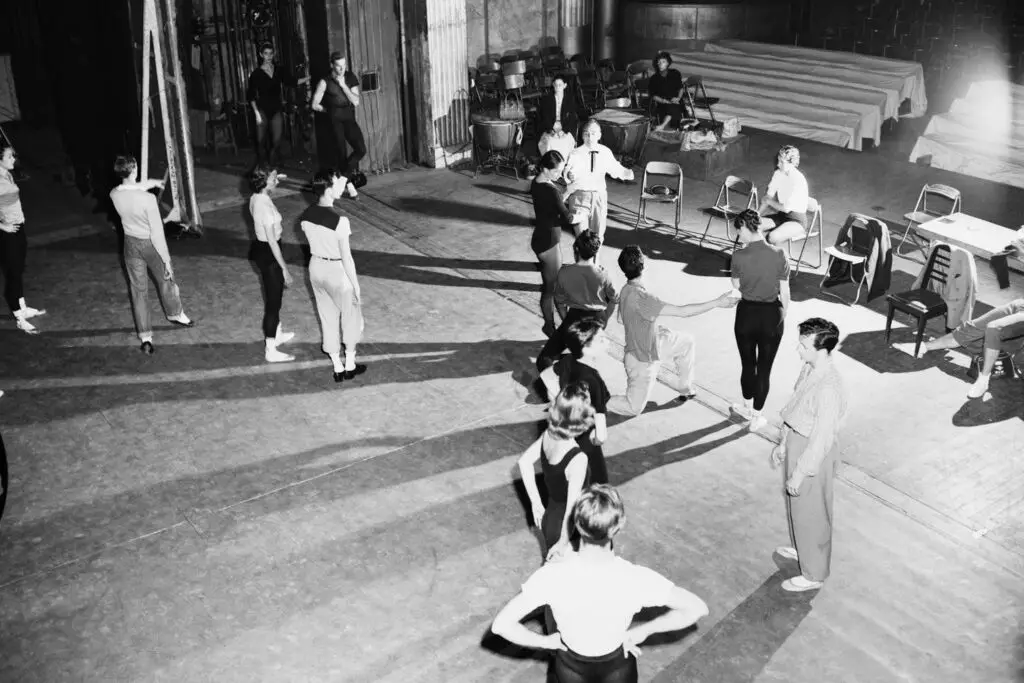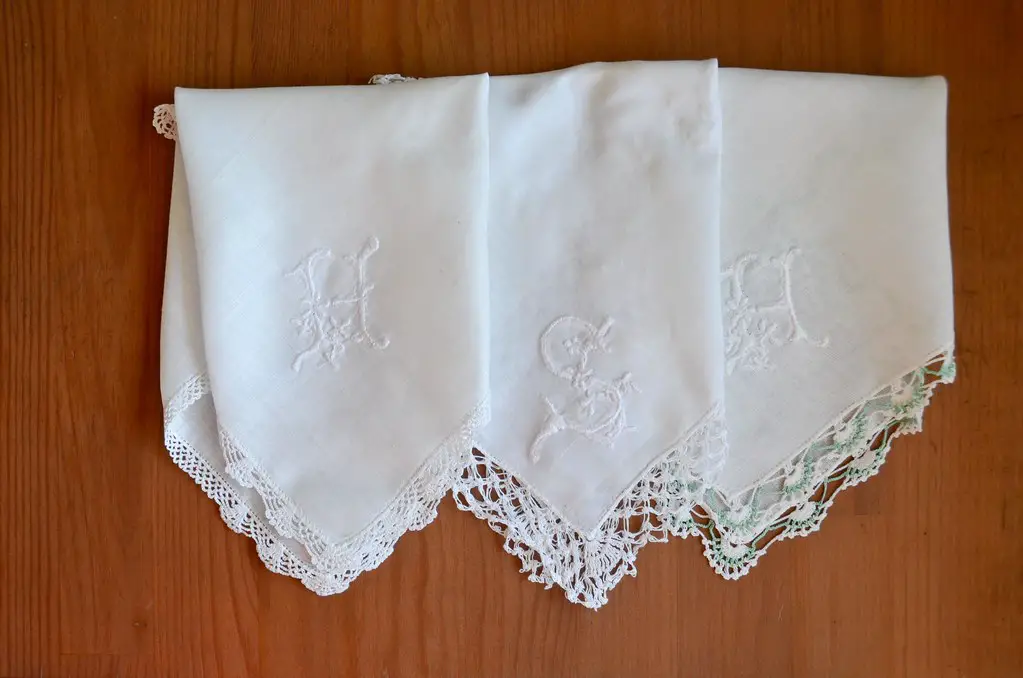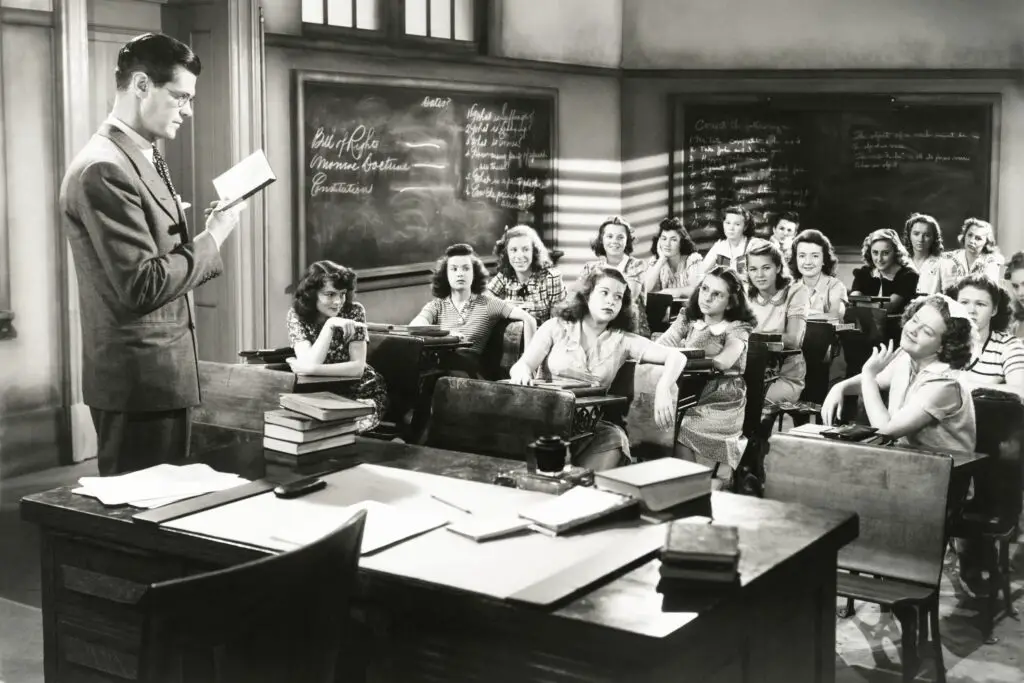1. Penmanship Perfection

In the ’50s, your report card didn’t just care if you knew how to spell, it cared how you wrote it. Entire grades were dedicated to cursive handwriting, and kids were drilled to make their loops, hooks, and tails exactly like the Palmer Method taught. If your slant was off, or your loops were too round, you’d lose points. It didn’t matter if your essays were brilliant, because if they weren’t beautiful, it wasn’t enough.
Some kids dreaded writing not because they didn’t have ideas, but because their hands couldn’t keep up with the expectations. Teachers would hold up perfect examples as if they were sacred scripts, and heaven forbid you were left-handed. It wasn’t just a skill, it was a reflection of your character, your discipline, and even your home life. Today, it sounds absurd, but back then, penmanship could tank your entire grade average.
2. Posture and Sitting Etiquette

Believe it or not, your ability to sit up straight could make or break your grade. Posture was considered a vital part of a child’s success in school, especially for girls. Teachers would walk the aisles like posture police, reminding students to keep both feet flat and backs erect. Slouching wasn’t just frowned upon, it could be a direct mark against you in “Deportment.”
Some schools even brought out posture benches—backless seats to force students to sit correctly. They believed good posture led to better focus, stronger moral character, and more attractive appearances. It wasn’t about what you knew, but how gracefully you sat while knowing it. Imagine getting a B in math but a D in posture and having to explain that to your parents.
3. Clean Fingernails

Hygiene was a whole grading category, and yes, that included your fingernails. Teachers routinely inspected hands during class, and if your nails were dirty or chewed, it could ding your personal conduct score. It was all tied to this idea that cleanliness meant discipline, and discipline meant success.
Kids who played outside or came from working-class homes often found themselves unfairly penalized. There were no “messy kid” allowances. Even the smallest speck of dirt could be seen as a failure to meet school standards. Today we focus on what’s in a student’s head, but back then, they were graded for what was under their nails.
4. Quietness in the Hallways

Walking to class in the 1950s wasn’t just a transition, it was a test. Schools placed high importance on how silently and orderly students moved between rooms. If a class got too chatty or shuffled their feet too loudly, the whole group might get marked down. Some teachers even kept scorecards for hallway behavior.
This didn’t foster camaraderie—it created tattletales and tension. Students would shush each other aggressively, afraid that one loud whisper could sabotage everyone’s grade. It was less about teaching respect and more about creating tiny soldiers who could march without speaking. And for some reason, your math grade could be affected by your hallway volume.
5. Neatness of Book Covers

Covering textbooks was practically a rite of passage, and if your homemade paper cover was wrinkled or torn, it could cost you points. Teachers didn’t just want books protected, they wanted them looking pristine. Some even required uniform covers, like brown paper bags or wallpaper scraps, and judged based on the crease alignment and tape use.
It wasn’t enough to read the material—you had to treat the book like a treasure. Kids who struggled with fine motor skills or didn’t have supplies at home were immediately at a disadvantage. The obsession with presentation sometimes overshadowed comprehension, turning a literature class into an arts-and-crafts competition.
6. How You Dressed for Gym

In the ’50s, gym class wasn’t just about jumping jacks and dodgeball. Students were often graded on how well they dressed out. If you forgot your gym uniform—even once—it could drag your entire grade down. Uniforms were expected to be clean, wrinkle-free, and worn precisely as instructed.
And it wasn’t just about function. Girls’ gym suits were notorious for being boxy and unflattering, but woe to the student who didn’t button them properly or wore the wrong socks. This focus on appearance often overshadowed actual physical performance. So even if you ran the fastest mile, you’d better hope your shirt was tucked in.
7. Handkerchief Carrying

Yes, students were expected to carry handkerchiefs—and were graded on it. Some schools, particularly in elementary grades, saw the handkerchief as a symbol of personal responsibility. Teachers would perform random pocket checks, and if you didn’t have a clean one, you might get scolded or marked down.
The idea was that it taught hygiene and preparation, but it really just added another layer of judgment. Not every family had endless stacks of clean cloth squares, and not every kid remembered to carry one. Still, this minor accessory somehow became a measure of student virtue. Today, we’d call that excessive. Back then, it was standard.
8. Desk Tidiness

The state of your desk wasn’t just a personal matter, it was practically part of your GPA. Teachers regularly opened students’ desks to check for clutter, and if papers were scattered or pencils weren’t aligned, it could count against you. Organization was seen as a moral value, not just a practical one.
Some classrooms even held “desk inspections,” where tidy students were praised and messy ones publicly corrected. For kids with busy minds or scattered thoughts, it felt humiliating. And let’s be honest, how much learning really happens because your ruler is parallel to your notebook? Still, it was one more thing to worry about in a school day packed with perfection.
